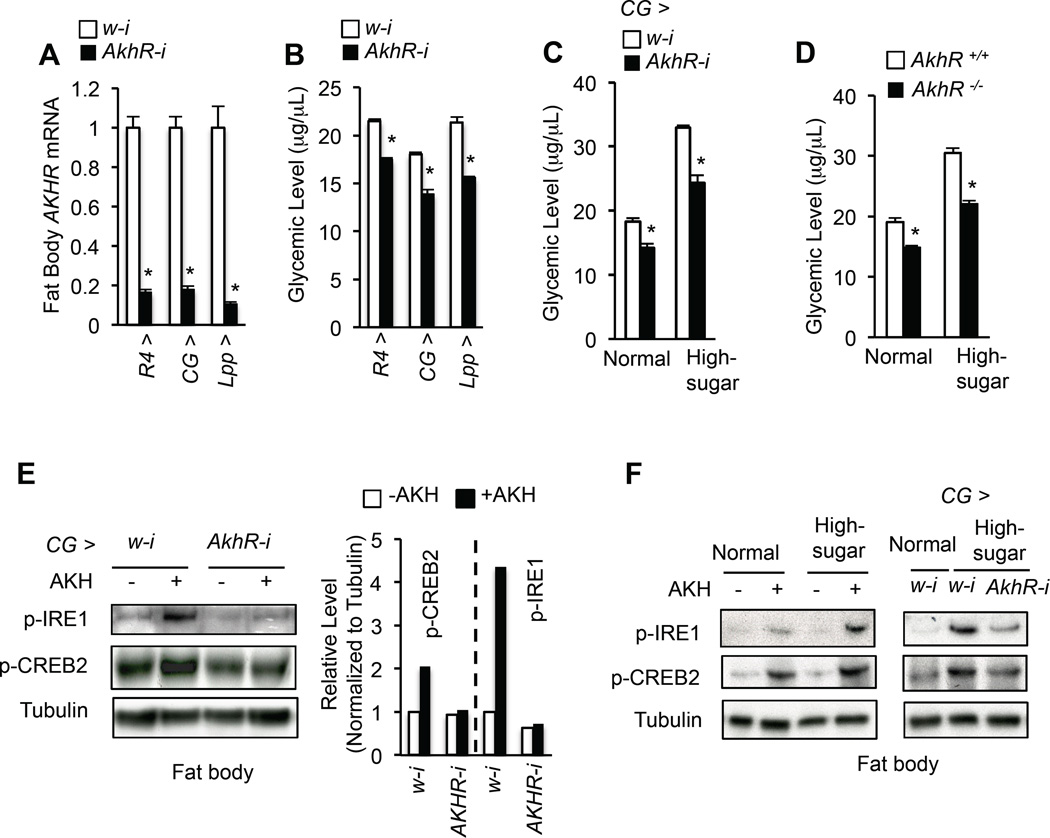Figure 1. Enhanced AKH signaling contributes to hyperglycemia in response to a high-sugar diet.
(A, B) Fat body AkhR mRNA levels (A, n=4, 40 larval fat bodies) and glycemic levels (B, circulating glucose + trehalose, n=4, 40 larvae) in 3rd instar larvae expressing RNAi against w (white, control) or AkhR with different fat body Gal4 drivers. (C, D) Glycemic levels in CG > AkhR-i (CG-Gal4/+; UAS-AkhR-RNAi/+) (C) or AkhR −/− (D) 3rd instar larvae were fed with normal or high-sugar food (n=4, 40 larvae). (E) Immunoblots (left) and quantification (right) of p-IRE1 and p-CREB2 in freshly isolated 3rd instar larval fat bodies that were treated with or without 1 µM synthetic AKH peptide for 30 min. (F) Immunoblots of p-IRE1 and p-CREB2 in fresh isolated wild type 3rd instar larval fat bodies treated with or without 1 µM synthetic AKH peptide for 30 min (left) and in fresh isolated fat bodies of 3rd instar larvae fed with or without high-sugar diet (right). Data are presented as means ± SEM. * p < 0.05.

